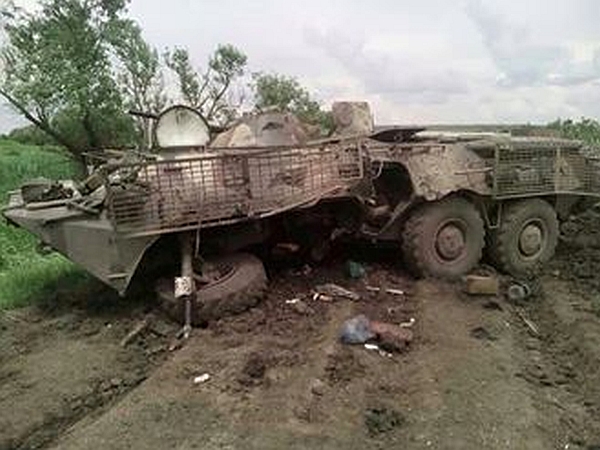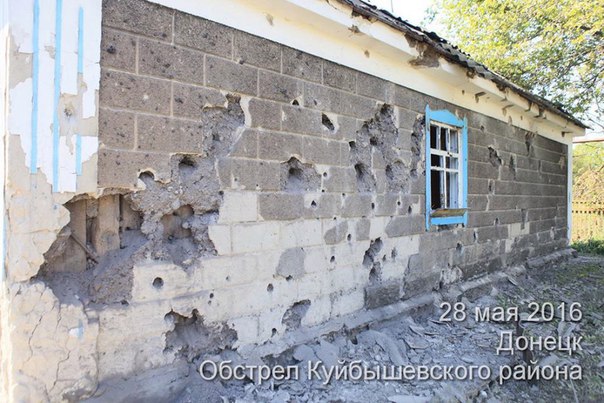 JohninMK Mon May 30, 2016 1:20 am
JohninMK Mon May 30, 2016 1:20 am
Ripped out of Max's post 55 on the M1A vs T-90 thread as it is relevant here. Interesting for what the US military is saying about the war in Donbas, they certainly seem to believe a significant RuA presence or at least their weapons. Check out Max's post for the full context.
Karber, the president of the Potomac Foundation, went on a fact-finding mission to Ukraine last year, and returned with the conclusion that the United States had long overemphasized precision artillery on the battlefield at the expense of mass fires. Since the 1980s, he said last October, at an Association for the United States Army event, the U.S. has given up its qualitative edge, mostly by getting rid of cluster munitions.
Munitions have advanced incredibly since then. One of the most terrifying weapons that the Russians are using on the battlefield are thermobaric warheads, weapons that are composed almost entirely of fuel and burn longer and with more intensity than other types of munitions.
“In a 3-minute period…a Russian fire strike wiped out two mechanized battalions [with] a combination of top-attack munitions and thermobaric warheads,” said Karber. “If you have not experienced or seen the effects of thermobaric warheads, start taking a hard look. They might soon be coming to a theater near you.”
Karber also noted that Russian forces made heavy and integrated use of electronic warfare. It’s used to identify fire sources and command posts and to shut down voice and data communications. In the northern section, he said, “every single tactical radio [the Ukrainian forces] had was taken out by heavy Russian sector-wide EW.” Other EW efforts had taken down Ukrainian quadcopters. Another system was being used to mess with the electrical fuses on Ukrainian artillery shells, ”so when they hit, they’re duds,” he said.
Karber also said the pro-Russian troops in Donbas were using an overlapping mobile radar as well as a new man-portable air defense that’s “integrated into their network and can’t be spoofed by [infrared] decoys” or flares.
Combat Vehicles and Defenses
If the war in Eastern Ukraine were a real-world test, the Russian T-90 tank passed with flying colors. The tank had seen action in Dagestan and Syria, but has been particularly decisive in Ukraine. The Ukrainians, Karber said, “have not been able to record one single kill on a T-90. They have the new French optics on them. The Russians actually designed them to take advantage of low light, foggy, winter conditions.”
What makes the T-90 so tough? For starters, explosive reactive armor. When you fire a missile at the tank, its skin of metal plates and explosives reacts. The explosive charge clamps the plates together so the rocket can’t pierce the hull.
But that’s only if the missile gets close enough. The latest thing in vehicle defense is active protection systems, or APS, which automatically spot incoming shells and target them with electronic jammers or just shoot them down. “It might use electronics to ‘confuse’ an incoming round, or it might use mass (outgoing bullets, rockets) to destroy the incoming round before it gets too close,” Army director for basic research Jeff Singleton told Defense One in an email.
The T-90’s active protective system is the Shtora-1 countermeasures suite. “I’ve interviewed Ukrainian tank gunners,” said Karber. “They’ll say ‘I had my [anti-tank weapon] right on it, it got right up to it and then they had this miraculous shield. An invisible shield. Suddenly, my anti-tank missile just went up to the sky.’”





 higurashihougi
higurashihougi